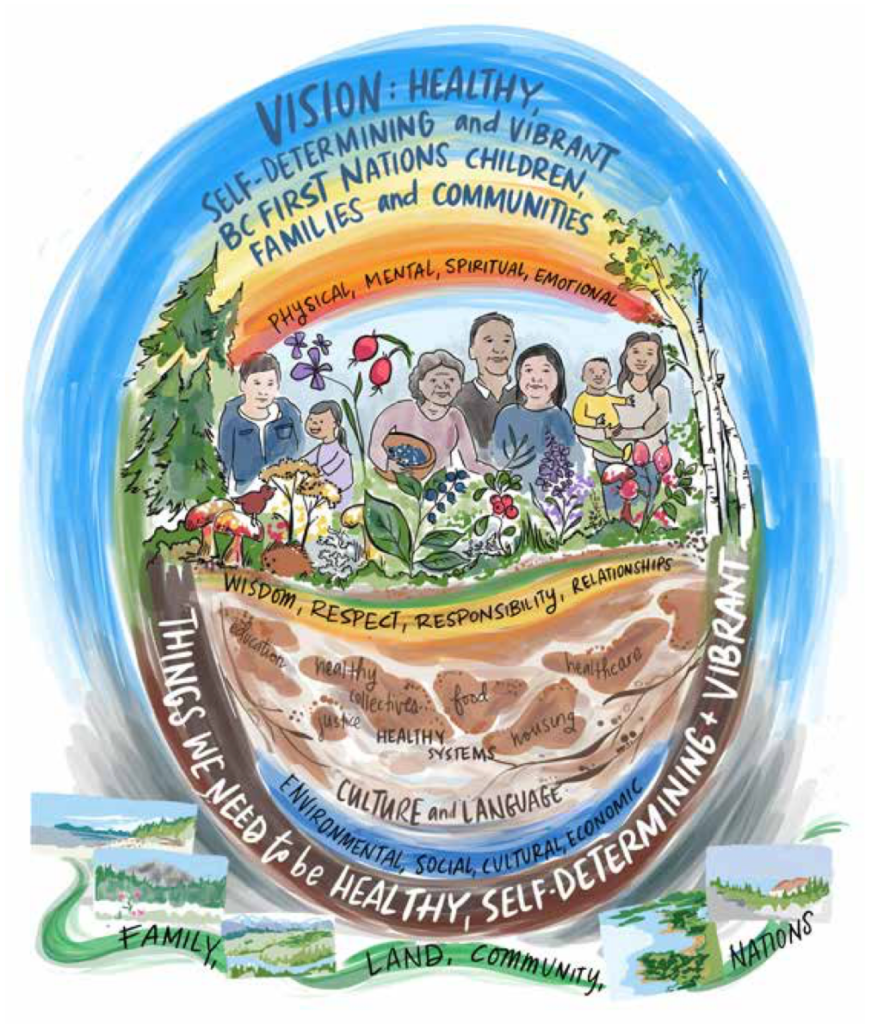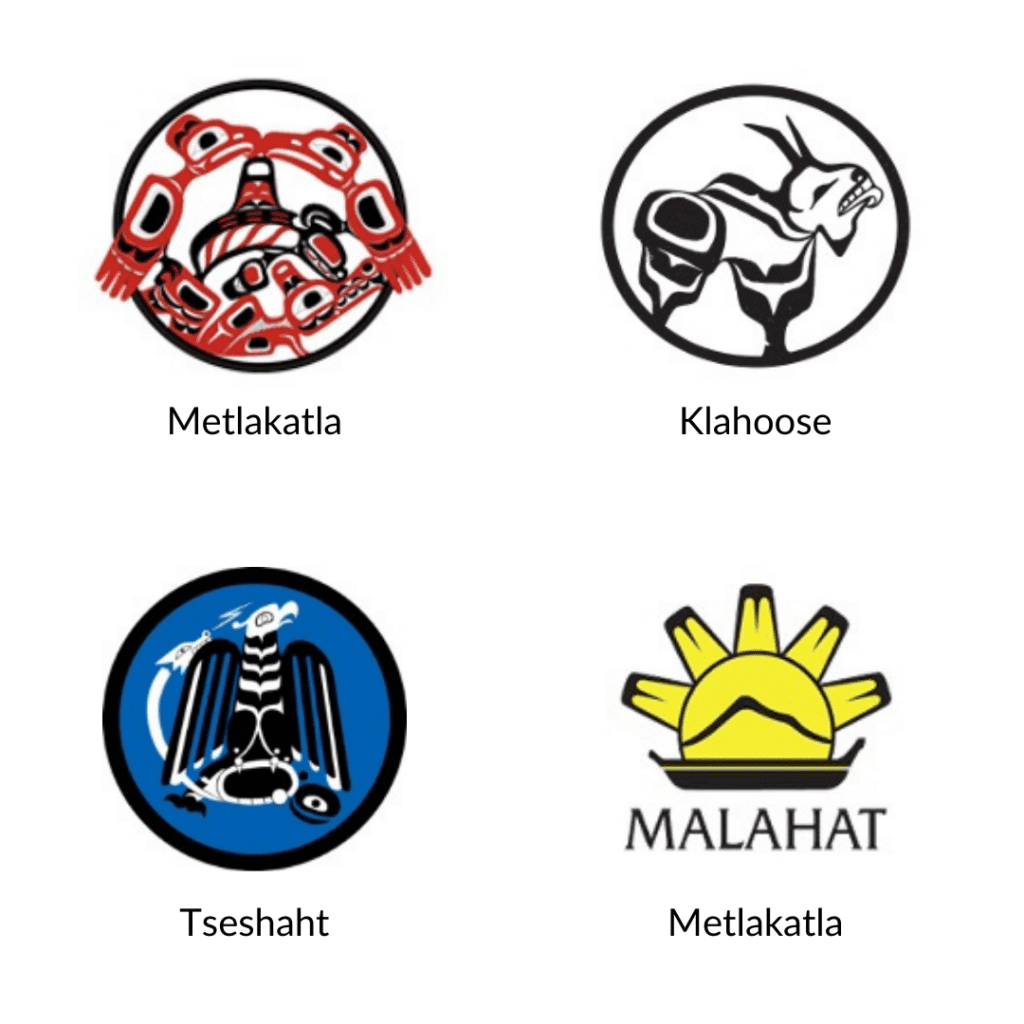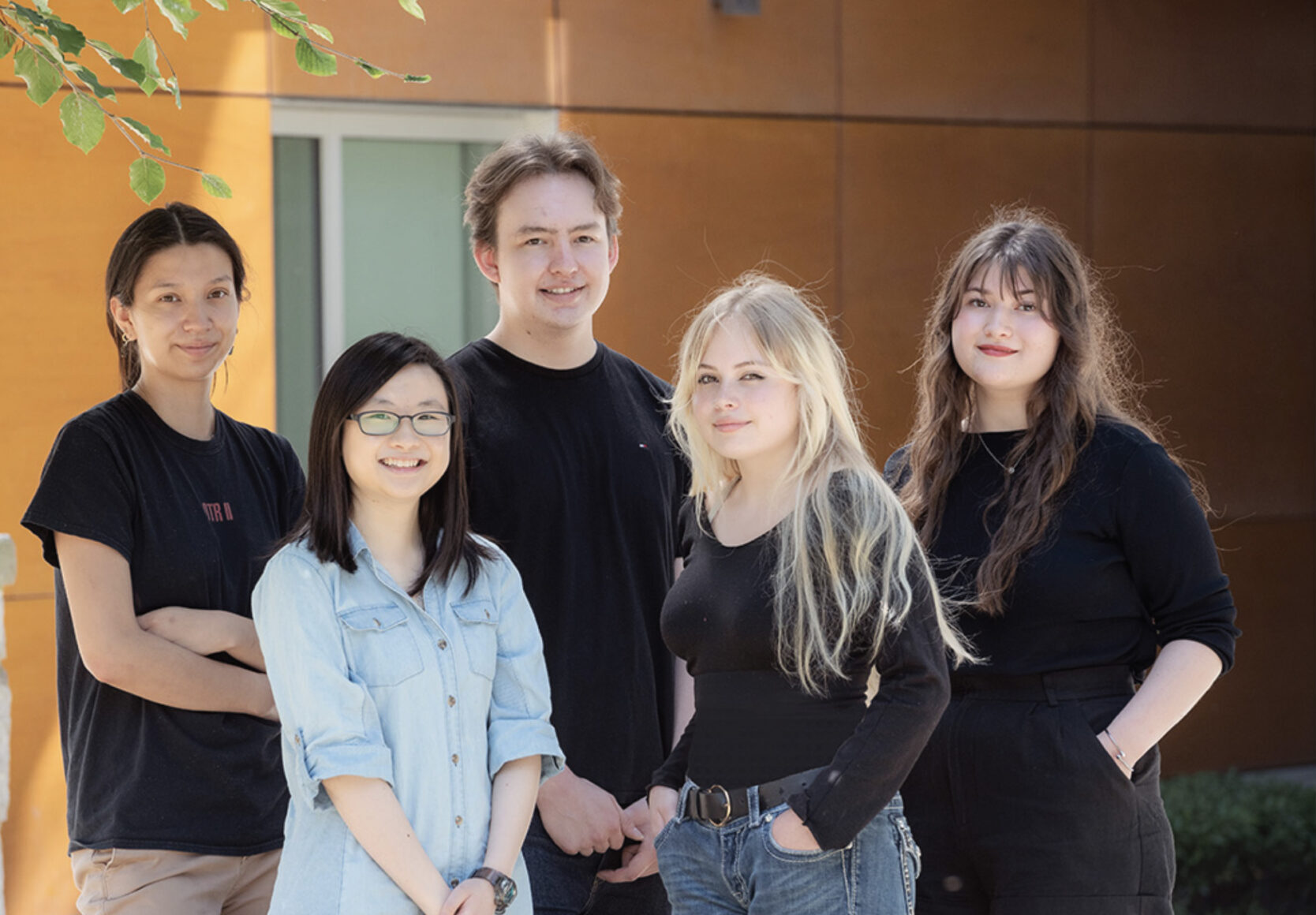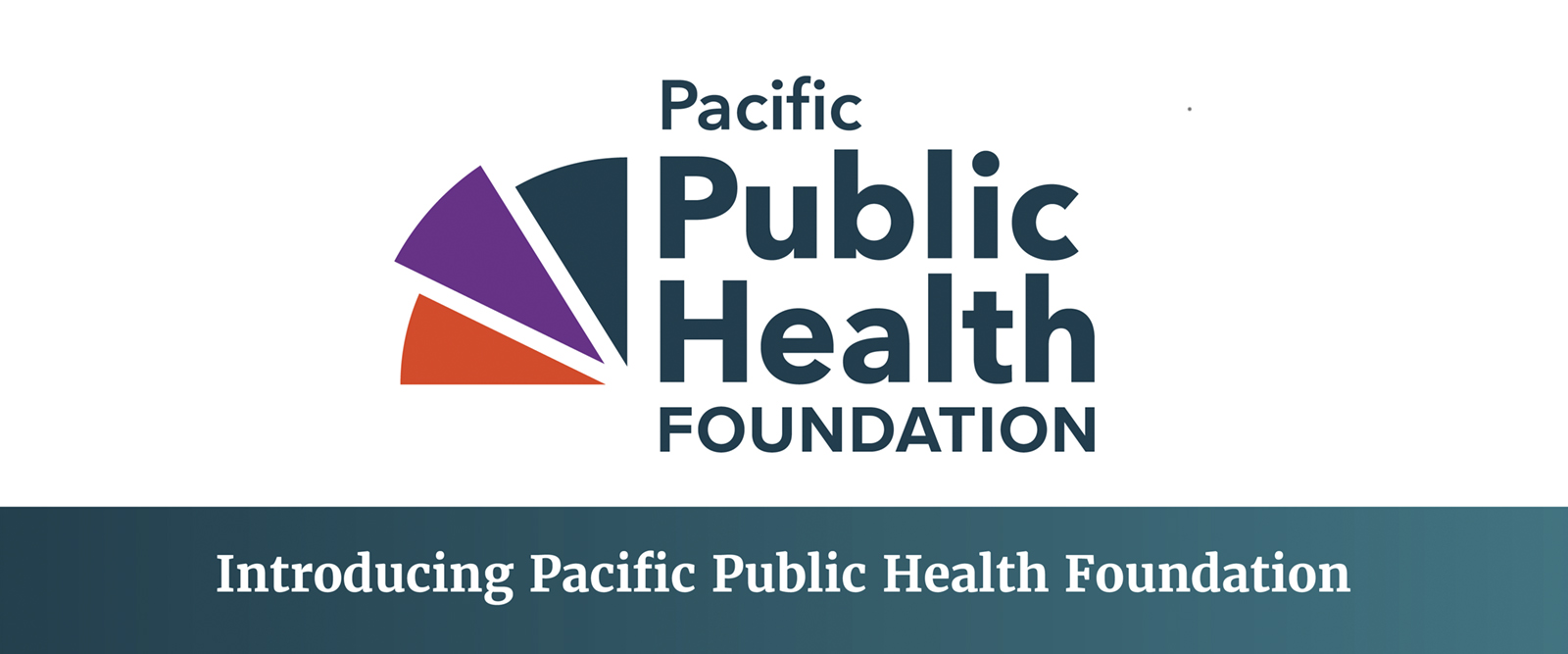Guest blog post by:
Lorraine McIntyre,
Food Safety Specialist with Environmental Health Services, BC Centre for Disease Control
Seafoods are important to Indigenous peoples along BC’s Pacific coast. In addition to providing nutrition, seafoods like clams, mussels, and crabs are culturally important to Indigenous well-being through connections to land, water, animals, family, nation, and community.
Clam gardens use traditional farming and harvesting methods. Archaeologists have detected evidence of clam garden sites in some communities that date back thousands of years. First Nation community bonds and connections are strengthened by participating in harvests, preparing foods, using traditional family recipes, and eating together.
Our changing climate and human activities increasingly threaten these seafood sources. For example, naturally occurring marine biotoxins and bacteria like Vibrio are found more often with rising global temperatures and can lead to seafoods becoming unsafe to eat.
The BC Centre for Disease Control (BCCDC) is partnering with the First Nations Health Authority (FNHA) on an Indigenous led project called WATCH. WATCH, or We All Take Care of the Harvest, is a seafood and climate change project focusing on shellfish and other seafoods.
Four different First Nation pilot communities are participating in this project:
- Metlakatla (North Coast),
- Malahat (southeast Vancouver Island),
- Klahoose (Discovery Islands and adjacent fjords), and
- Tseshaht (Port Alberni area and west coast Vancouver Island).
For communities to prepare and adapt to our changing global climate, they need to assess threats by looking at their seafood diets and local environmental conditions where seafood species live. During a planning phase, the traditional ecological knowledge of communities will be shared along with evidence-based learnings to understand the factors and health dangers linked to eating seafoods. For instance, in Washington State, tribal nations and researchers have learned that eating razor clams contaminated with low doses of one type of marine toxin, domoic acid, can lead to memory loss.
WATCH is consulting local and international experts in marine science, ecology, climatology, Indigenous fishery managers, public health, phytoplankton monitoring, marine virology, satellite imagery, regulators, laboratory methods, social scientists, and others to provide guidance on creating and optimizing monitoring and surveillance for seafoods.
In the monitoring phase that has started this year, communities are learning how to identify phytoplankton species—microscopic algae/plants—that produce marine biotoxins.
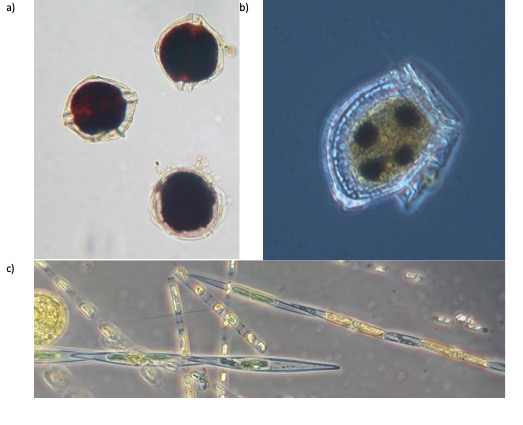
They are testing their local marine waters for salinity, oxygen, temperature, and nutrients to find out what factors lead to harmful algal blooms in their harvesting areas. Currently, access to biotoxin testing is limited because it is expensive and under-resourced in First Nation’s shellfish harvesting areas. Monitoring will allow the pilot communities to decide for themselves when seafoods are safe to consume and allow them to communicate to their members when it is not a safe time to harvest.
BCCDC’s Environmental Health Services team (Lorraine McIntyre: food and shellfish safety specialist, Kathleen Mclean: environmental scientist and data, mapping guru, Mike Lee: epidemiologist, and others) are assisting the project by improving existing resources, such as our shellfish harvesting map, to make it easier for people to identify what shellfish harvesting areas are closed for shellfish harvests. We are including pilot communities into our sea surface temperature maps used to trend temperatures in shellfish harvesting areas.
BCCDC is also preparing evidence reviews to identify health issues linked to traditional seafood diets and climate change impacts on seafoods.
When shellfish poisonings occur, it can be life-threatening. People who consume shellfish contaminated with saxitoxins, the toxin that causes Paralytic Shellfish Poisoning, may require immediate medical intervention. This odorless toxin isn’t destroyed by cooking, and you can’t tell if it’s in shellfish, which is why it’s so important to harvest in safe areas.
We are working closely with our colleagues at the BC Drug and Poison Information Centre to improve surveillance for calls about seafood poisonings so we can alert regulators and public health. If you think you have shellfish poisoning, call them at 1-800-567-8911.
Funding for this work was provided to FNHA by the Health Canada Climate Change HealthADAPT program and the Public Health Agency of Canada’s Infectious Disease and Climate Change Fund.

